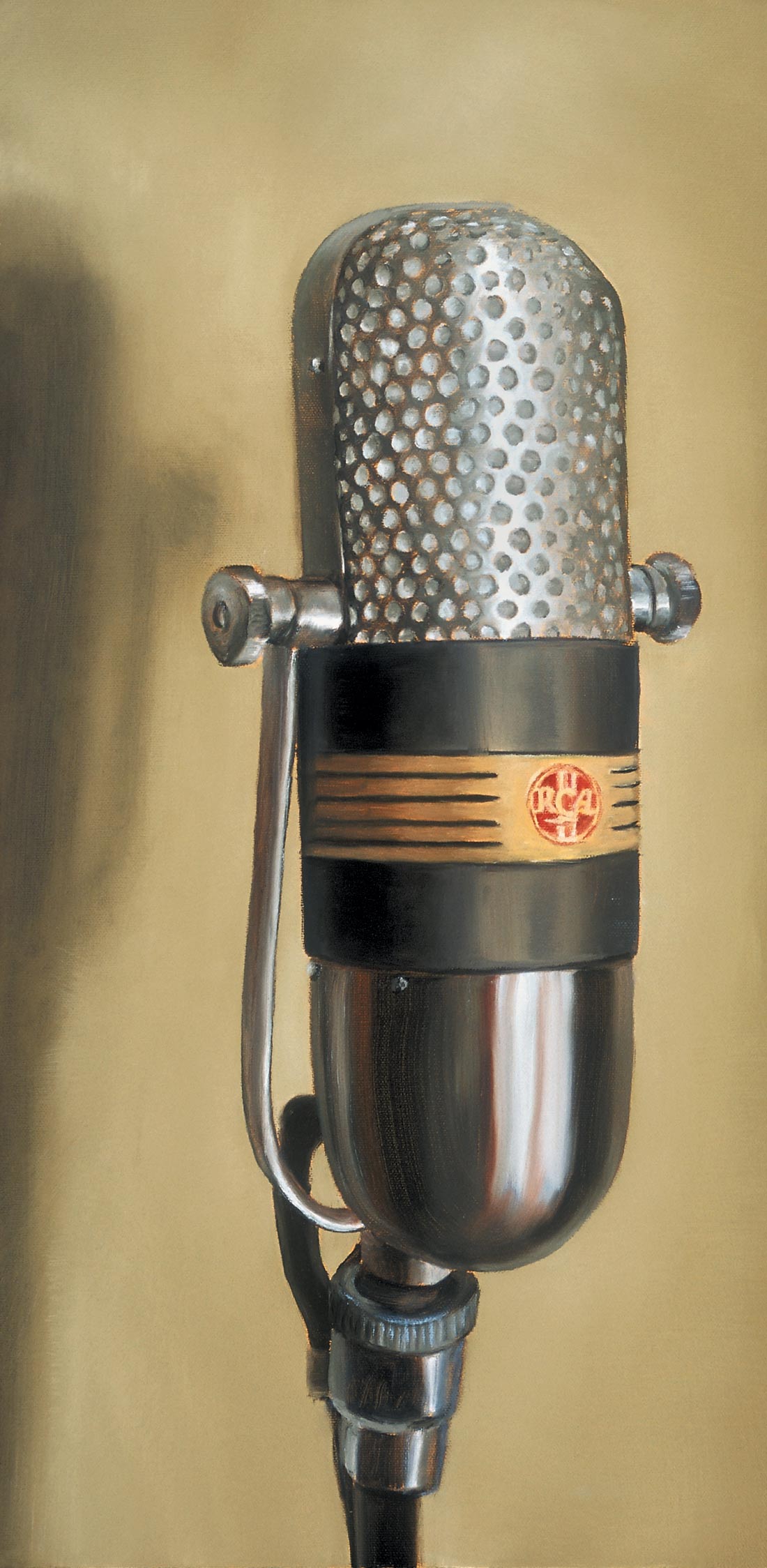I've been wanting a couple channels of API preamps for a while, but put off by the "commitment" API's frame system represents to me, I've never done so. However, Andy Hong steered a pair of API's 7600 input strips in my direction, and I don't know how much longer I can hold out.
I don't have the $2,995 (about $2,750 street) to buy one of these channel strips, much less money enough to buy the multitudes it would take to recreate your own sidecar or console (which is the purpose of this product), but if you do, the 7600, which is based on the API Legacy console, seems to leave no stone unturned as far as features go. Aside from offering stereo panning, an insert, four busses, and four effects loops, you also can link compressors for stereo compression, you get a compressor side chain, and, somehow, there's mute automation. Oh, yeah, and a DI and a +4 dBu line input. Of course, you'll also want the 7800 master module to take advantage of some of these features, but that's between you and your wallet.
On a strictly "How good does it sound?" basis, I can say this thing sounds damn good. The preamp, which is the 212L (available for use with API racks), was wonderful on electric guitars (for which I used a Royer 122 and Neumann U 87 in figure-8). I bought my Chandler TG2 in part based on Mike Caffrey's review of it in these pages, and while I think the Chandler has a slightly bigger sound, the API didn't suffer as greatly in comparison, to my ears; rather, its speed and punch really complemented the Chandler when I doubled parts. On kick, using just an EV RE20 about nine inches in front of the hole, just off to the side, the API was great, to the point where I might stop double mic'ing the kick if I had one of these (I typically put a mic just inside the hole and another mic a couple feet away in another kick). I also loved the preamp with Earthworks SRO's out in front of the kit, where I got great transient response, appropriately aggressive top, and very muscular bottom.
I wouldn't want to use the preamp on everything, as it can be a bit raspy (it seemed particularly ill-suited for vocals) and in-your-face, but if you're recording rock music, I've gotta think you'll find several uses for this. The channel's output fader also makes the preamp a little more flexible.
The 7600's compressor is API's 225L (also available as a rack card), and it's versatile, offering two types of RMS detectors for two different types of compression, two compression knee settings, and two attack settings (as well as controls for threshold, ratio, and release). I could definitely hear the differences in settings, but in every setting, the compressor sounded big. Using several of these could make a mix unwieldy (for me, at least), but I'd love to have two or three for, say, kick and room mics. Also a plus: the compressor can be put in front of or behind the EQ. The EQ is API's reissue 550A, which is an update of the original EQ with two new frequencies per channel, for a total of seven choices. The 550A is a clasic and musical EQ which speaks for itself.
I've gotta think that if you can afford several channels of this thing, you're gonna love the flexibility it offers. ($2995 MSRP; www.apiaudio.com)




_disp_horizontal_bw.jpg)